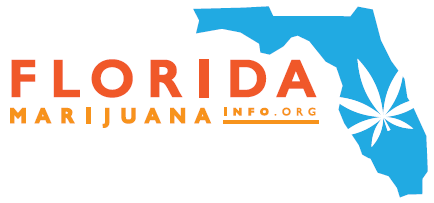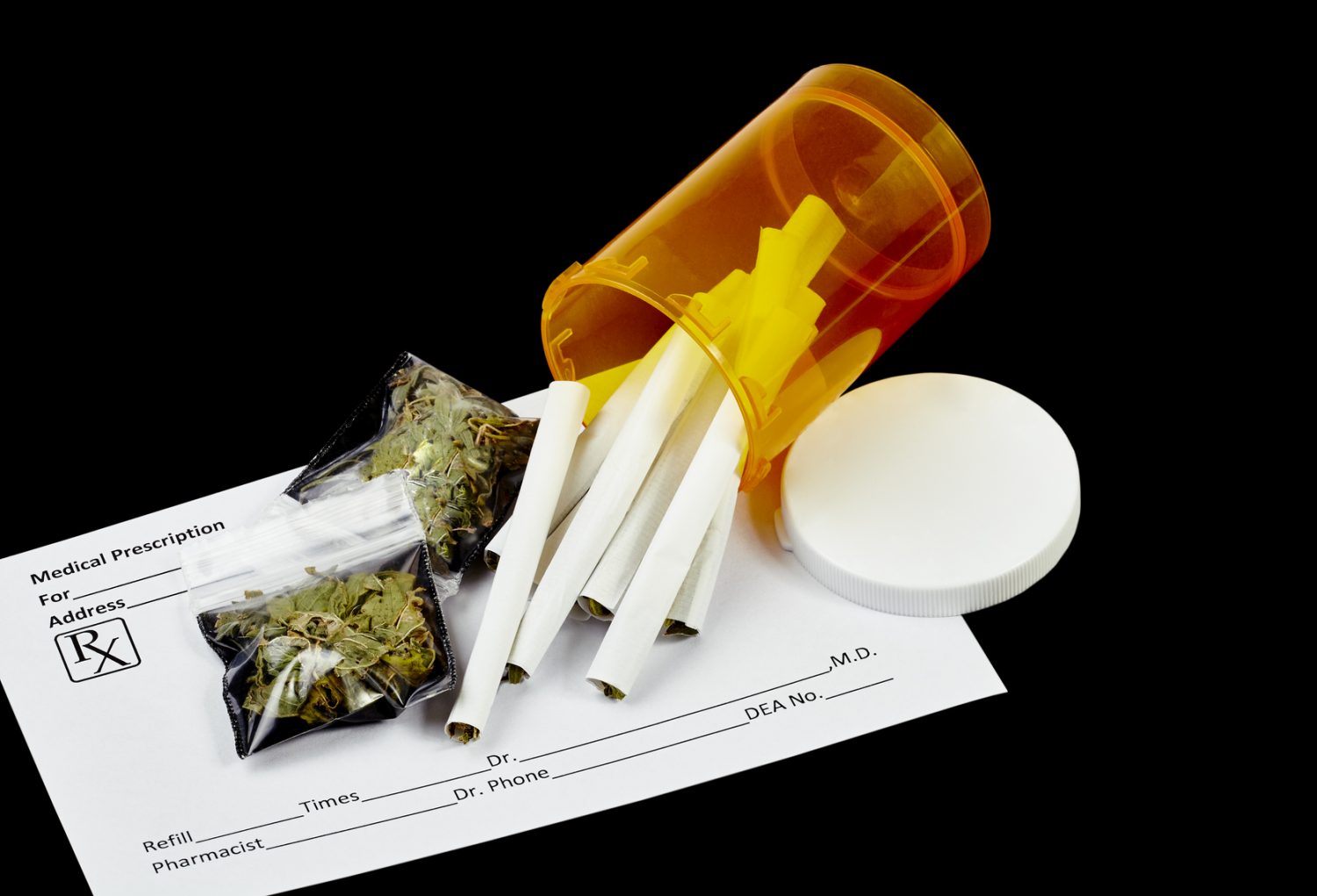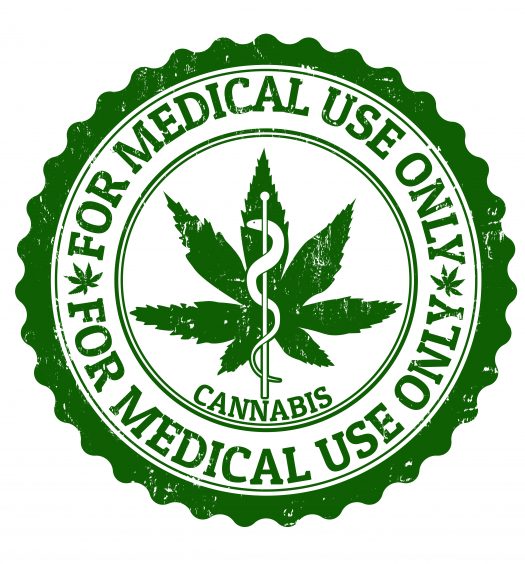How and Where Do I Obtain A Medical Marijuana?
A medical marijuana card is available to people living in Florida and suffering from cancer, severe muscle spasms, seizures, or terminal conditions that are not deemed treatable in accordance with the terms of the 2014 Compassionate Medical Cannabis Act. This cannabis is required to be a low-THC variety unless the patient has a terminal disease and a life expectancy of no more than one year.
Amendment 2, which is on the ballot for Nov. 8 of 2016, will expand this list of conditions if it passes. Patients with AIDS or HIV, ALS, Crohn’s disease, epilepsy, glaucoma, MS, Parkinson’s and PTSD will then be allowed to get a prescription for medical marijuana. The Compassionate Medical Cannabis Act will not be negated by the passage of this act, so patients who are already receiving their medicine under the current terms will not be disrupted or have to jump through any extra legal hoops.
Step 1: Get Your Paperwork In Order
To qualify for a medical marijuana card, you need to be a Florida resident. The easiest way to establish this is with a Florida ID or driver’s license. If you use some other form of government-issued ID, like a passport card, that can work if you provide supplementary proof of residency in the state such as a lease, home ownership documents, utility bills, a bank statement and so on.
If you are a minor or have a legal guardian, you will need the written consent of the parent or guardian. Minors are also required to get a supporting second opinion from another qualified physician.
Step 2: Find A Qualified Physician
The state maintains a list of physicians that they consider to be qualified to write a prescription for medical marijuana. These physicians have completed a special training course and have met several other state requirements. You can see the current list at the Office of Compassionate Use website.
The physician will examine you to verify you suffer from the qualifying condition. It is important to be aware that state law requires you to try more “mainstream” treatments for the condition first. That’s why it’s important to bring your medical history with documentation that other types of common treatments for your condition have not been able to provide adequate relief of your symptoms. The qualifying physician isn’t required to try any of these treatments themselves; if your documentation is in order, they can potentially write your marijuana prescription on the spot.
Once you’re approved for a prescription, you’ll be added to the state’s Compassionate Use Registry, and receive your card in the mail.
Step 3: Find A Dispensary
At present, the state has authorized six organizations to sell medical marijuana to licensed patients through dispensaries. These are:
. CHT Medical (Gainesville)
. The Green Solution (No locations yet)
. Trulieve (Clearwater and Tallahassee; future plans for locations in Bradenton, Pensacola, St. Petersburg, Tampa and Miami)
. Surterra Therapeutics (Tallahassee; additional location in the works in Tampa)
. Modern Health Concepts (Miami)
. Knox Nursery (Gainesville, Winter Garden)
Some of these organizations deliver statewide, like Surterra and Trulieve, although this can be a pricey service.
And that’s really all you need to do to access medical marijuana in Florida! The two biggest hurdles are getting your documentation together for a qualifying physician, and then the logistics of actually getting to a dispensary if you don’t happen to live near one once you are approved. The passage of Amendment 2 would do a lot to improve both of these conditions.
How Do I Get A Medical Marijuana Card In Florida?














 OMD Agency
OMD Agency
Recent Comments